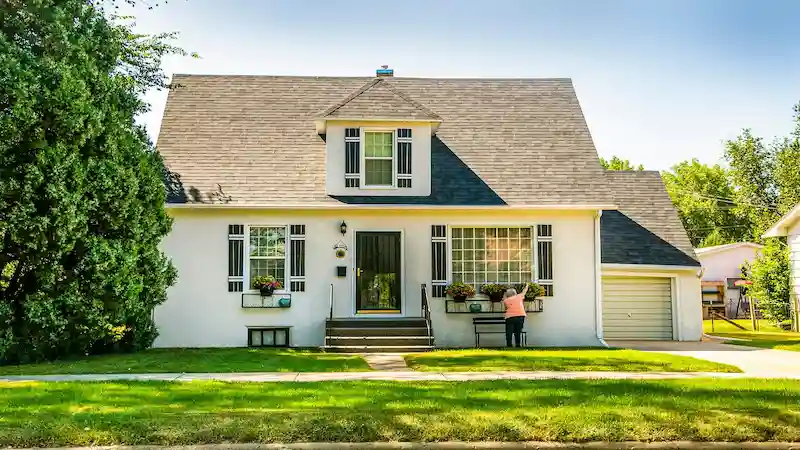Business
How Retirement Living is Reshaping the Housing Market

The housing market is undergoing a quiet transformation—and it’s being driven by a generation redefining what it means to retire. No longer content with traditional models of aging, today’s retirees are actively seeking independence, social connection, and comfort. This shift has led to a surge in demand for retirement living communities, reshaping everything from property development trends to buyer priorities.
A Growing Demand for Lifestyle-Focused Housing
Modern retirement living isn’t just about downsizing, it’s about upgrading. Many older adults are looking for homes that offer more than just convenience. They want thoughtfully designed spaces with accessibility features, opportunities for social interaction, and proximity to healthcare and leisure facilities.
And developers have taken note. Across the UK, there’s a noticeable increase in purpose-built retirement villages that combine private apartments with shared spaces like cafes, fitness centers, and landscaped gardens. These communities are tailored to meet the needs of active retirees who value both autonomy and support when needed.
The Knock-On Effects in the Wider Housing Market
This rise in retirement-specific housing is having a ripple effect. As more retirees downsize from larger family homes, a new wave of inventory is being released into the market. This, in turn, is helping younger buyers get a foot on the property ladder.
However, the trend is also placing pressure on developers to think more inclusively. Homes designed for lifetime living, where residents can age in place without needing to relocate, are becoming more desirable. Features like step-free entryways, wide doorways, and ground-floor bathrooms are increasingly seen as must-haves rather than add-ons.
Health and Care at the Forefront
One key aspect of this shift is the emphasis on health and well-being. Retirement living communities are increasingly integrated with care options, from on-site nursing to specialized support for conditions like dementia. These offerings are reassuring not only for residents but also for their families, who want peace of mind knowing that support is available if needed.
For instance, those looking for expert dementia care at Ivybank House in the UK will find a setting that balances professional medical support with a homely, welcoming atmosphere. It’s this blend of care and comfort that’s becoming the gold standard in retirement housing.
A Change in Mindset
What we’re witnessing is more than just a housing trend, it’s a cultural shift. Retirement is no longer seen as a time of withdrawal but as a new chapter full of opportunity. With longer life expectancies and a greater focus on quality of life, older adults are investing in homes that support active, engaged living.
This change in mindset is influencing architects, planners, and local authorities alike. Planning applications for retirement communities are on the rise, and discussions around aging-friendly infrastructure are becoming more mainstream.
Looking Ahead
As the population ages, the housing market will continue to evolve. Retirement living is no longer a niche, it’s a driving force behind some of the most significant developments in real estate. Whether it’s through stylish, accessible homes or integrated care solutions, one thing is clear: the future of housing is being shaped by how we choose to age.
